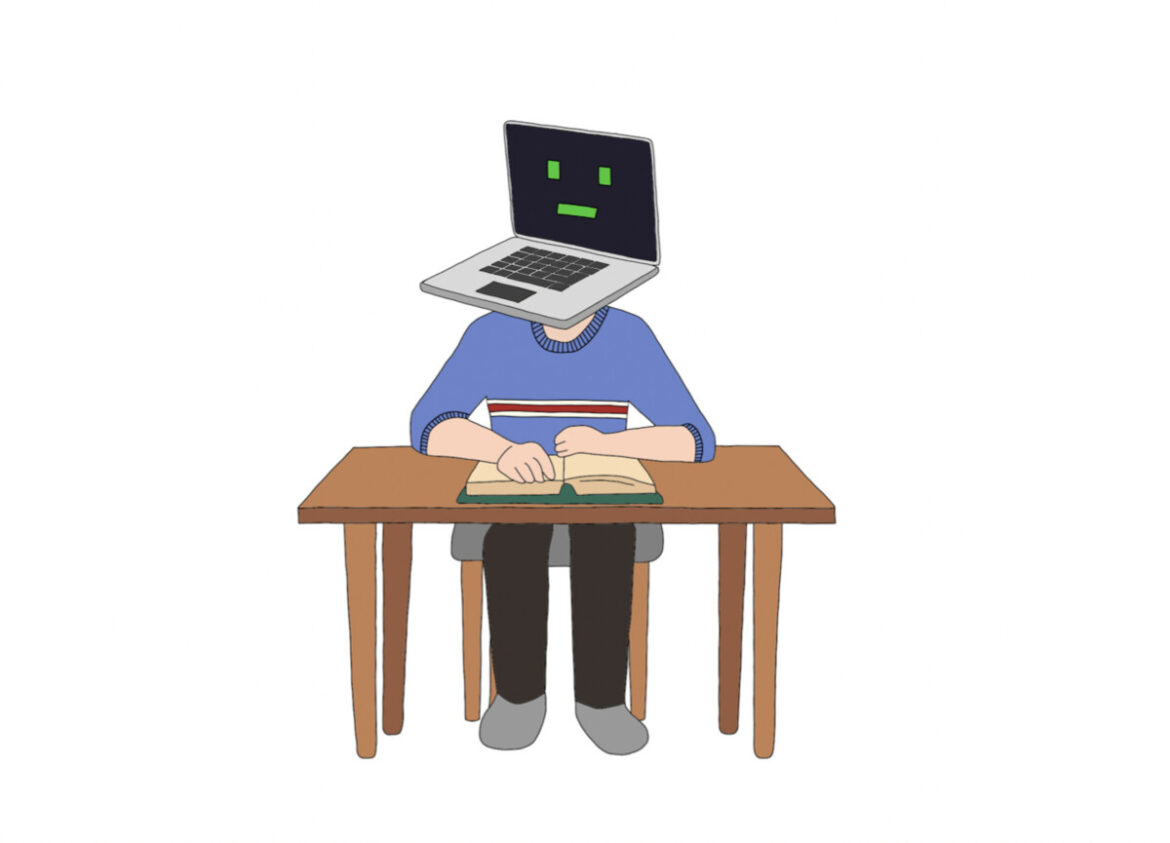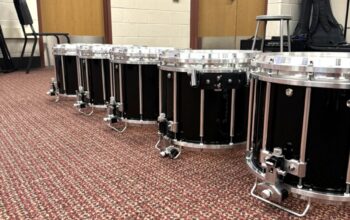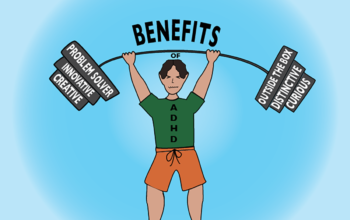Ava Fonss, Editor-in-Chief
@afonsscourant
On November 30, artificial intelligence (AI) research organization OpenAI launched ChatGPT—a chatbot that uses natural language processing to generate computer code and human-like writing in response to questions and prompts. With its unprecedented accuracy and fluency, the chatbot amassed over one million users within the first week of its launch.
The introduction of this technology has caused school districts nationwide to reevaluate the role of technology and artificial intelligence in education. While some educators have responded by embracing the chatbot and finding ways to integrate it as a classroom tool, others have advocated to restrict student access. In fact, just five weeks after its launch, ChatGPT was banned by the New York City Department of Education on all NYC school networks and devices.
English Teacher Jessica Cullen has become more cautious in her evaluation of student work as a result of ChatGPT’s launch. “What is scary about ChatGPT is that it has the ability to automatically create writing that traditional plagiarism detection software can’t necessarily catch,” she said. “AI generates information in slightly different ways, and teachers are going to have to be a little bit more aware when looking out for that.”
To combat cheating and plagiarism, Ms. Cullen believes it is becoming increasingly important for teachers to develop an understanding of their students’ work. “If you are familiar with your students’ writing, you can certainly tell when something is not their own work, especially if the writing sounds more sophisticated or the sentence structure and vocabulary that a student is using isn’t what they typically use,” she said. “As a teacher, you have to be a lot more vigilant and make sure that you have in-class writing assessments.”
In the field of computer science, where ChatGPT has gained significant popularity as a result of its programming abilities, identifying work produced by artificial intelligence is more complicated. “In computer science, it has always been really difficult to tell if projects are 100% authentic,” Computer Science Teacher Rachel DiGioia said. “AI-generated code only looks AI-generated if the student who submits it is someone who struggles on assessments yet is able to complete difficult projects. It is also a red flag if a student cannot explain to me what their code is doing.”
Ms. DiGioia has placed more weight on work that her students complete in the classroom in order to approach the issue of plagiarism in her courses, and plans to continue to do this as the use of AI becomes more prevalent. “It has always been easy for students to find answers to coding projects online because there are only so many ways you can demonstrate the use of certain coding concepts,” she said. “This is why I only count coding projects as twenty percent of my students’ overall grades. Test and quiz grades are weighted much higher because they show me a better picture of their understanding, and students who copy code normally do not fare well on assessments.”
Although AI-generated code may be difficult to detect, Ms. DiGioia believes that personal accountability is also important for computer science students. “Students usually take a class because they want to learn something, and for students that do copy code, the course only gets harder as the year goes on as everything builds on prior knowledge,” Ms. DiGioia said. “In the real world, my students will be asked to work on projects that may have never been created before, and if they were to plagiarize code for a project and it was found out, their company could be sued and they could lose their job.”
“It’s a really exciting opportunity to use artificial intelligence instructionally.”
Jessica cullen, english teacher
Despite the potential negative impacts of ChatGPT and other AI tools in education, many teachers believe that artificial intelligence can also be used as a productive tool for students. “It’s obviously not going to replace the process of students thinking and writing to build skills themselves, but it could certainly be something that can help students brainstorm ideas, conduct pre-research, or reference writing models,” Ms. Cullen said. “If students know the tools that are out there and use them in an appropriate way, that’s fine.”
Ms. DiGioia has also been finding ways to incorporate AI into the classroom. “Because the internet has so much information, it can be hard for students to find code that actually does what they want it to,” she said. “Asking the AI how to approach a problem is a much simpler way to find the answer they are looking for. I told my students to use AI if they were curious about how to do something, but not to rely on AI to complete entire projects because they will not benefit from that in the long run.”
Senior Avery Morawa plans to use artificial intelligence in this way in her Computer Science and English courses. “If you’re stuck on a problem with coding or stuck on how to get started on a piece of writing, AI can serve as a platform for you to base your ideas on,” she said. “However, the work that I’ve seen ChatGPT generate is very simple in its structure and language. It’s definitely not at the sophistication level that students are expected to write at, especially in higher-level courses.”
For Avery, personal accountability is also an important consideration. “Schools should embrace that as AI becomes more prevalent, it won’t be possible to keep out of schools,” she said. “Ultimately, relying on AI to complete assignments only puts the student using the technology at a disadvantage, so I think that teachers should play a role in emphasizing to their students that they shouldn’t exclusively rely on it, and instead be accountable for their learning.”
ChatGPT also has the capability to provide feedback and grade student writing using evaluative rubrics, but is still far from replacing the role of the teacher in the classroom. “The feedback that ChatGPT provides is pretty general,” Ms. Cullen said. “I think you really need a person—a teacher—to give you more specific, individualized feedback about what you’re doing well or what areas you can improve. The technology is not yet at the level where it can give that kind of individual coaching to help a student develop a writing piece; knowing where students are at skillswise and being able to develop lessons around what students need to work on is still important.”
To respond to the increasing capabilities of artificial intelligence, Ms. Cullen believes that teachers must alter their classroom approach. “As we’re designing our curriculum, there needs to be more of an emphasis on the process that goes into creating a writing piece rather than the product itself,” she said. “Students should be reflecting on their learning and growth, and we also need some level of trust in our students to make sure they understand that they need to really value the learning that takes place. When students rely on things like ChatGPT to do work for them, they’re not developing important skills.”
According to Ms. Cullen, increasing the level of focus placed on the reflection process may also make it easier for teachers to detect plagiarism. “If a student plagiarized and used ChatGPT for an essay, and that student then has to write a reflection where they explain what they learned and how their skills have grown in particular areas, that student isn’t going to be able to reflect in a meaningful way,” Ms. Cullen said. “Putting more emphasis on reflection, learning, and being able to articulate development over time is what will encourage students to make sure that they are not relying on these tools.”
Ms. Cullen also believes that the advancement of ChatGPT and AI will have positive impacts on the learning experience. “The version of ChatGPT that is currently available is only a Beta version, so the developers are going to be feeding it even more parameters and the technology will become even more advanced,” she said. “That is going to put even more emphasis on process, reflection, and metacognition. Going forward, I think pushing more teachers in that direction will influence the trajectory of education in really positive ways.”




